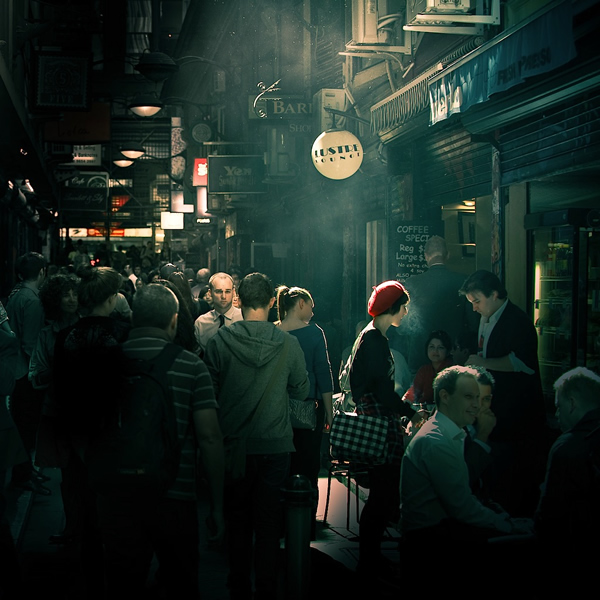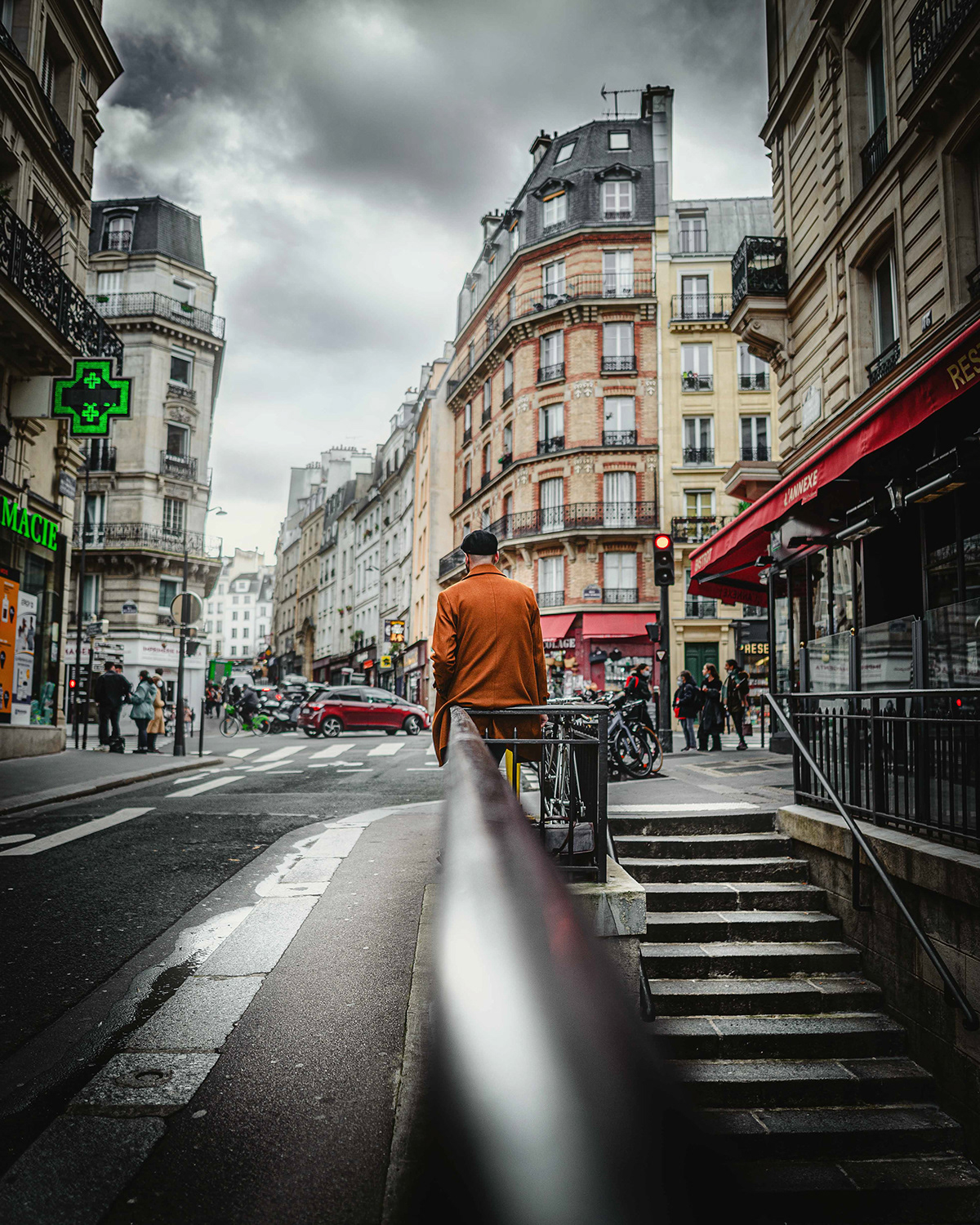Little Known Facts About Street Photographers.
Little Known Facts About Street Photographers.
Blog Article
Some Ideas on Street Photographers You Need To Know
Table of ContentsFacts About Street Photographers RevealedMore About Street PhotographersThe Main Principles Of Street Photographers An Unbiased View of Street PhotographersOur Street Photographers Statements
Road professional photographers do not necessarily have a social objective in mind, however they prefer to separate and catch minutes which could or else go undetected.He was influenced by many of those who affected the road digital photographers of the 1950s and '60s, he was not primarily interested in recording the spirit of the street. The impulse to visually record people in public started with 19th-century painters such as Edgar Degas, douard Manet, and Henri de Toulouse-Lautrec, who functioned side by side with professional photographers attempting to catch the significance of urban life.
Due to the comparatively primitive technology readily available to him and the lengthy exposure time needed, he had a hard time to record the pressure of the Paris streets. He trying out a collection of photo methods, attempting to locate one that would certainly enable him to catch motion without a blur, and he located some success with the calotype, patented in 1841 by William Henry Fox Talbot. As opposed to Atget, professional photographer Charles Marville was worked with by the city of Paris to produce an encyclopaedic record of Haussmann's urban planning job as it unravelled, hence old and new Paris. While the digital photographers' topic was basically the same, the results were noticeably various, demonstrating the impact of the digital photographer's bent on the character of the photos he created.
The Definitive Guide for Street Photographers
Given the fine top quality of his pictures and the breadth of material, architects and musicians frequently acquired Atget's prints to utilize as referral for their very own job, though commercial interests were hardly his main inspiration. Instead, he was driven to photo every last residue of the Paris he liked.

Unlike his peers, Brassa utilized a larger-format Voigtlnder camera with a much longer exposure time, requiring him to be much more calculated and thoughtful in his technique than he could have been if utilizing a Leica. (It is assumed that he may not have actually had the ability to pay for a Leica at that time, but he did, nevertheless, make use of one in the late 1950s to take colour photographs.) Brassa's pictures of the Paris underworld illuminated by synthetic light were a revelation, and the compilation of the collection that he published, (1933 ), was a significant success.

The Facts About Street Photographers Revealed
It is due to the fact you can look here that of this basic understanding of the art of image taking that he is frequently attributed with uncovering the tool around once again roughly a century since its development. He took pictures for more than a half century and affected generations of photographers to trust their eye and intuition in the minute.
These are the inquiries I will attempt to address: And afterwards I'll leave you with my very own definition of road photography. Yes, we do. Allow's begin with specifying what a meaning is: According to it is: "The act of specifying, or of making something precise, distinctive, or clear".
No, certainly not. The term is both restricting and misinforming. Seems like a road digital photography should be images of a streets best?! And all street digital photographers, besides a Web Site handful of outright newbies, will completely value that a road is not the essential part to street digital photography, and actually if it's a photo of a road with possibly a few uninteresting people not doing anything of interest, that's not street photography that's a photo of a street.
The Definitive Guide for Street Photographers
He makes a legitimate factor don't you believe? While I concur with him I'm not sure "candid public photography" will certainly capture on (although I do kind of like the term "honest digital photography") due to the fact that "road photography" has been around for a lengthy time, with several masters' names affixed to it, so I think the term is right here to remain. Street Photographers.
Inside?! I hear you shout as you shake your hand to the skies. Why not? You can contend the coastline, at a festival, in an Bonuses alley, in a park, in a piazza, in a coffee shop, at a museum or art gallery, in a city terminal, at an occasion, on a bridge, under a bridge ...
Yes, I hesitate we have no option! Without guidelines we can not have an interpretation, and without a meaning we do not have a style, and without a genre we don't have anything to define what we do, and so we are stuck in a "rules interpretation style" loop! And no-one intends to obtain embeded a loop. - Street Photographers

Report this page